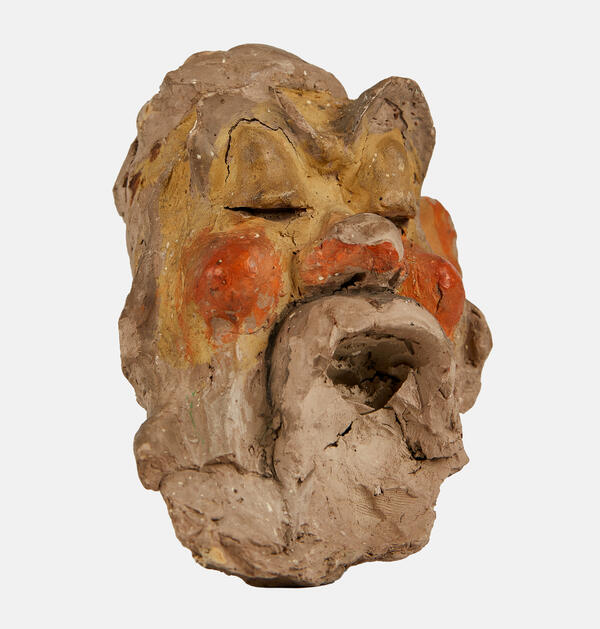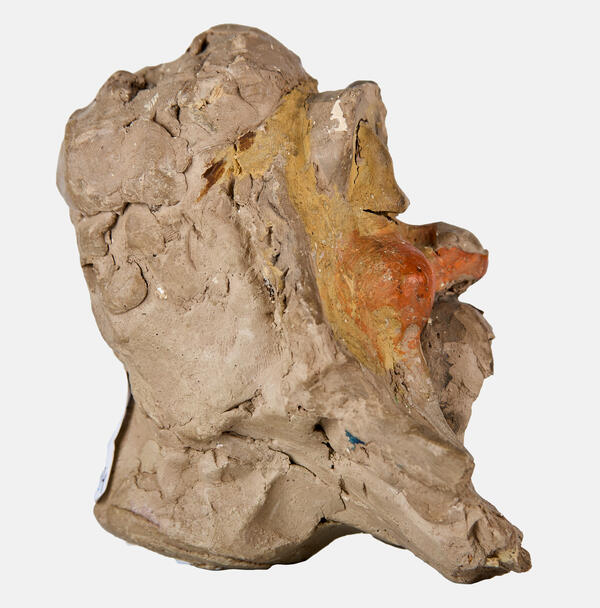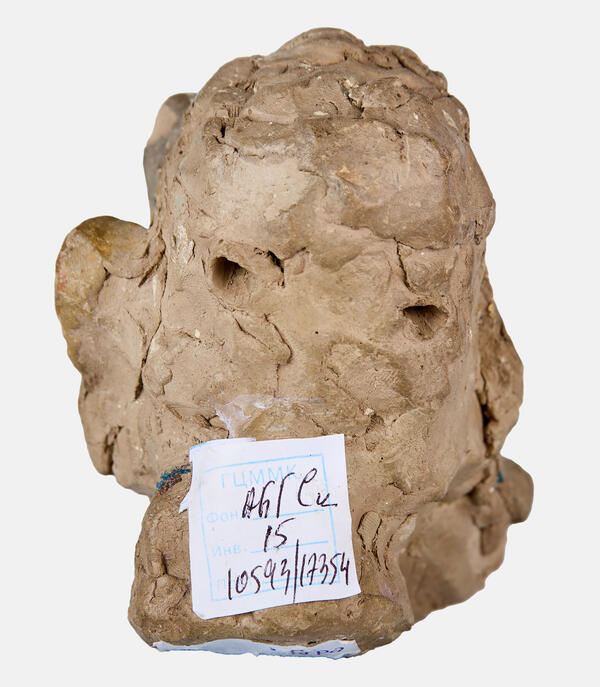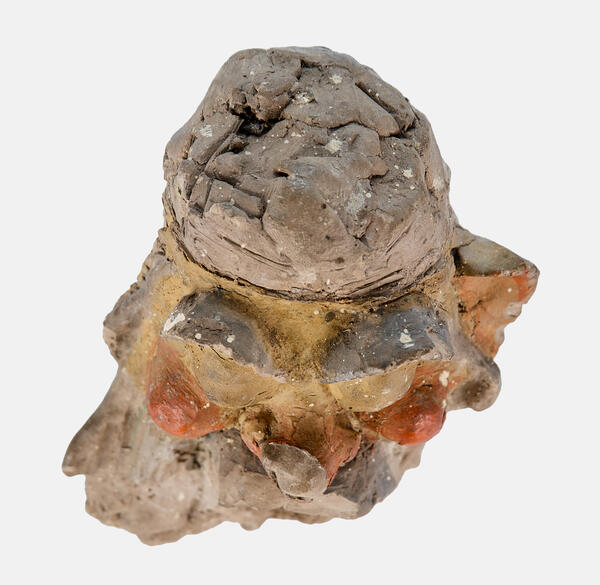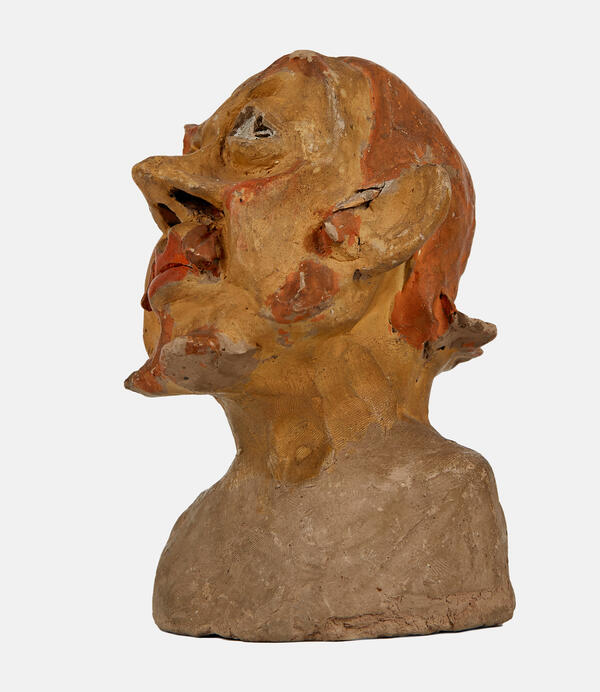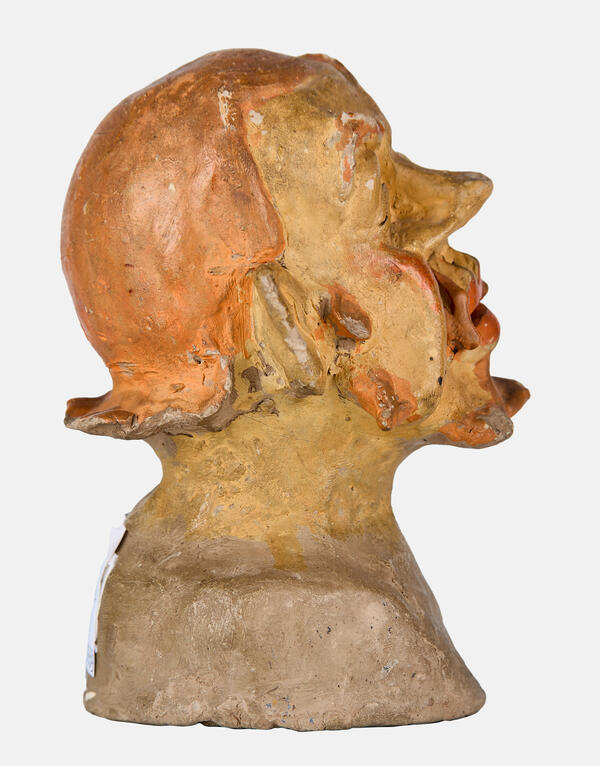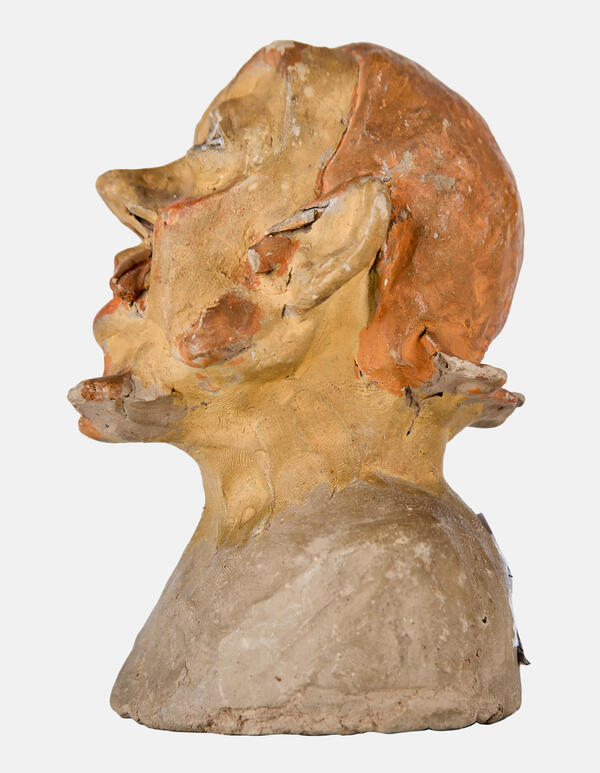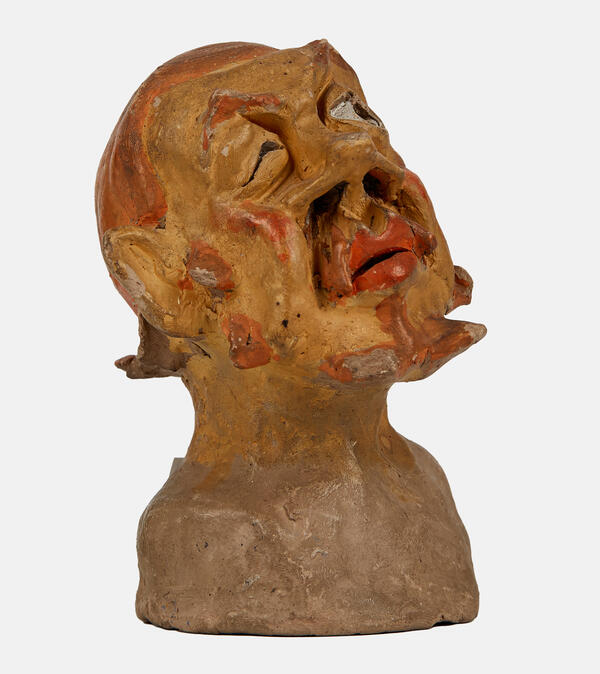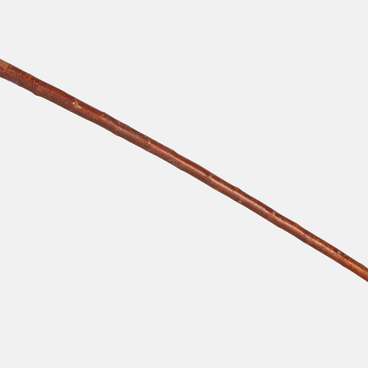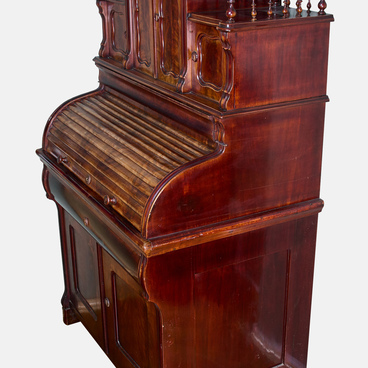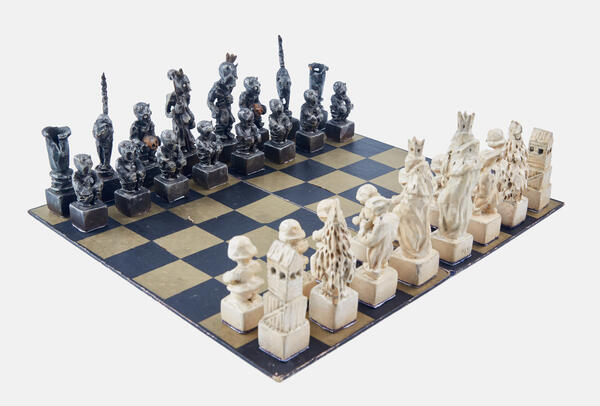The great Russian theater and film actor and teacher Mikhail Aleksandrovich Chekhov was born on August 16, 1891, in St. Petersburg, in the family of the elder brother of the famous writer Anton Pavlovich Chekhov. In 1907, Mikhail entered the theater school of the St. Petersburg Maly (Suvorinsky) Theater. In 1912, Konstantin Stanislavsky invited Chekhov to the Moscow Art Theater. He had many excellent roles, but Khlestakov in the famous production of “The Inspector General” is considered his best appearance.
Despite the actor’s obvious talent, he was often criticized for his relationship with the playwright, sometimes the situations were hilarious. Once during the performance of “The Cherry Orchard” with Mikhail playing the part of Epikhodov, one spectator shouted loudly, pointing at Chekhov, “Here he is! Just think — he both writes and performs!” Almost at the same time, while working at the Moscow Art Theater, Chekhov started a career in film. In 1913, he starred as Mikhail Fedorovich Romanov in the film “Tercentenary of the Accession of the House of Romanov”. This was followed by roles in silent films. The actor’s life can be subdivided into two parts: his life in Russia and his career abroad. In 1928, the conflicts in the theater led to Mikhail Chekhov’s decision to leave Russia forever. The actor signed a contract with the Austrian director Max Reinhardt and began working in his film “Troika.”
Each Chekhov’s appearance on stage or on screen aroused admiration, but he was more than a talented actor — he managed to create beautiful works of art. The memorial apartment of Alexander Goldenweiser houses two clay heads — a chief clerk and a clerk — that the actor gave to the musician. An actor with an outstanding talent, Mikhail Chekhov seems to have sculpted these vivid faces just as he “sculpted” himself, completely embodying the character.
Clerks are civil servants engaged in clerical work. In Russian literature the images of these officials were often far from positive. They were endowed with cunning, the ability to flatter and use their work positions for personal gain. Those are the qualities that Mikhail Chekhov rendered in his sculptures.



